The Global Biohacking is currently characterized by a dynamic competitive landscape, driven by a confluence of technological advancements, consumer health awareness, and a growing interest in personalized wellness solutions. Key players such as Thorne Research (US), Bulletproof 360 (US), and HVMN (US) are strategically positioned to leverage these trends. Thorne Research (US) focuses on innovation in nutritional supplements, emphasizing quality and transparency, which resonates with health-conscious consumers. Bulletproof 360 (US) has carved a niche in the biohacking community through its unique product offerings that blend nutrition with cognitive enhancement. HVMN (US) is notable for its emphasis on ketone-based products, appealing to a segment of consumers interested in metabolic health. Collectively, these strategies not only enhance their market presence but also contribute to a competitive environment that prioritizes innovation and consumer engagement.
In terms of business tactics, companies are increasingly localizing manufacturing and optimizing supply chains to enhance efficiency and responsiveness to market demands. The competitive structure of The Global Biohacking appears moderately fragmented, with several players vying for market share. However, the influence of key players is substantial, as they set trends and standards that smaller companies often follow. This interplay between established brands and emerging players fosters a vibrant ecosystem where innovation is paramount.
In August 2025, Thorne Research (US) announced a partnership with a leading technology firm to develop a personalized health platform that integrates genetic data with nutritional recommendations. This strategic move is significant as it positions Thorne at the forefront of personalized health solutions, potentially transforming how consumers approach their wellness journeys. By leveraging technology, Thorne aims to enhance customer engagement and loyalty, which could lead to increased market share.
In September 2025, Bulletproof 360 (US) launched a new line of biohacking supplements specifically designed for athletes, incorporating adaptogens and nootropics. This initiative reflects Bulletproof's commitment to expanding its product portfolio and catering to a niche market segment. The introduction of these products not only diversifies their offerings but also aligns with the growing trend of performance optimization among consumers, thereby enhancing their competitive edge.
In October 2025, HVMN (US) unveiled a new marketing campaign focused on educating consumers about the benefits of ketone supplementation. This campaign is particularly relevant as it seeks to demystify biohacking for the average consumer, potentially broadening their customer base. By emphasizing education and awareness, HVMN aims to position itself as a thought leader in the biohacking space, which could foster greater consumer trust and brand loyalty.
As of October 2025, the competitive trends within The Global Biohacking are increasingly defined by digitalization, sustainability, and the integration of artificial intelligence. Strategic alliances among companies are shaping the landscape, enabling them to pool resources and expertise to drive innovation. Looking ahead, it is likely that competitive differentiation will evolve, shifting from traditional price-based competition to a focus on innovation, technological advancements, and supply chain reliability. This transition underscores the importance of adaptability and forward-thinking strategies in maintaining a competitive advantage in the ever-evolving biohacking market.
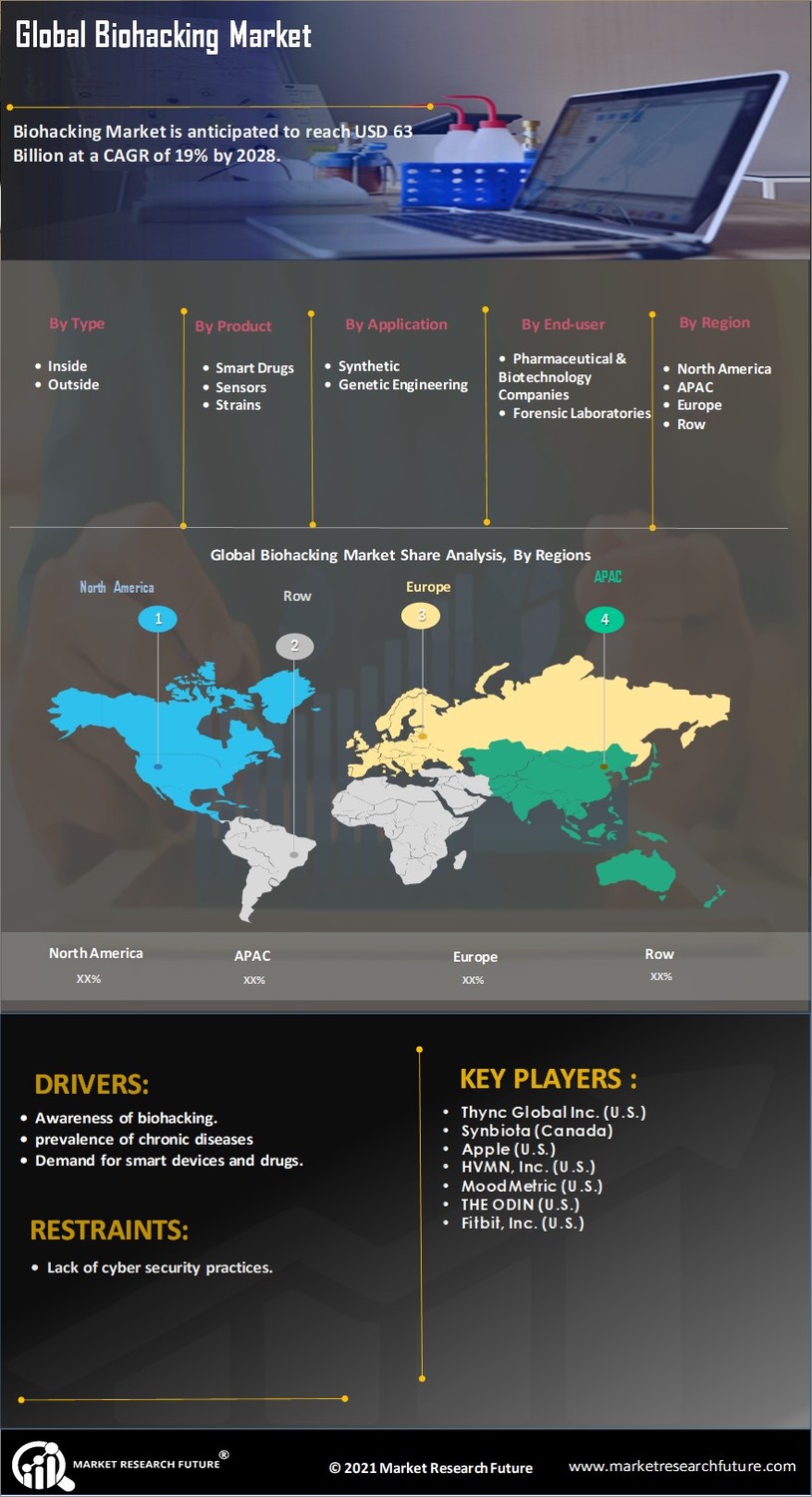

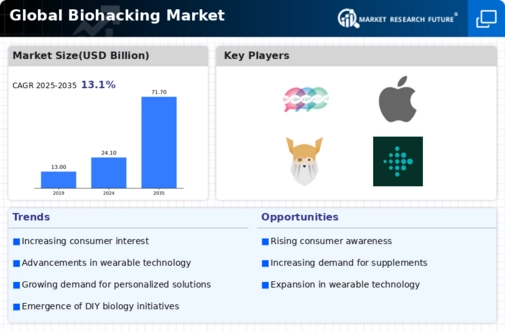
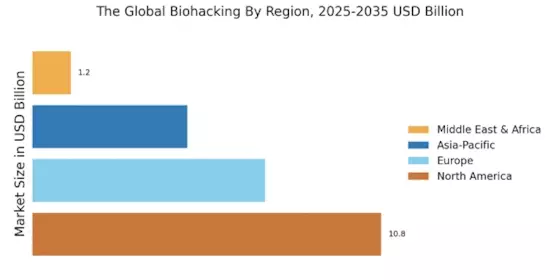
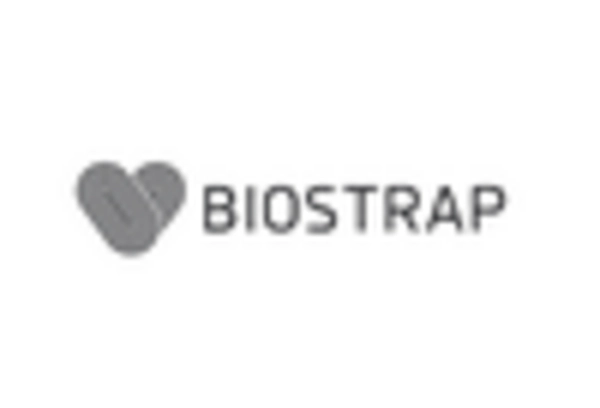
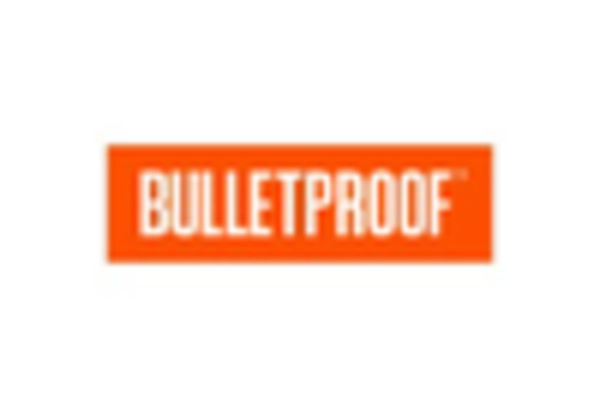
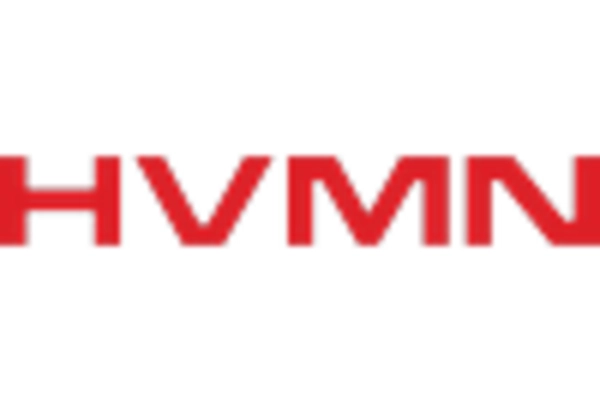
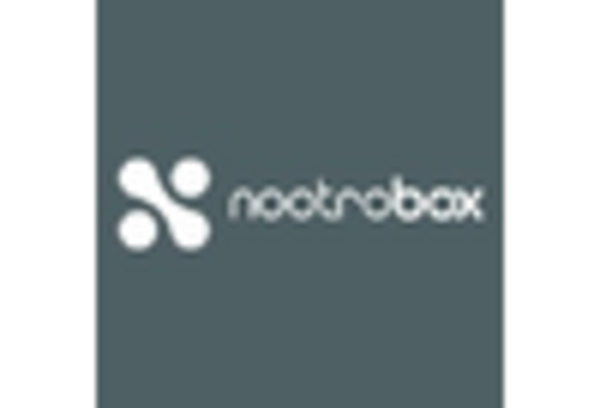
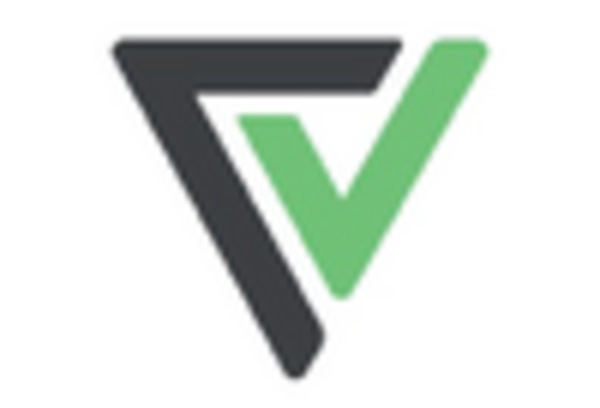
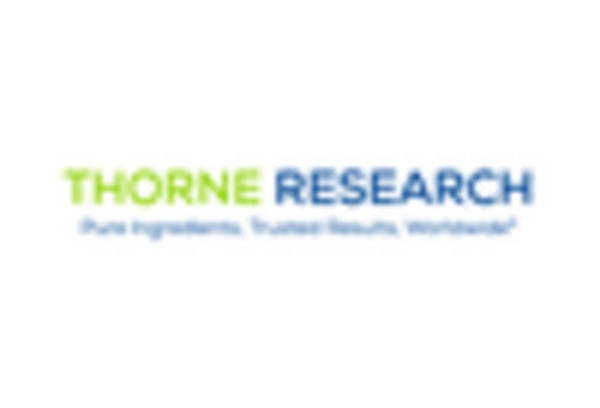








Leave a Comment